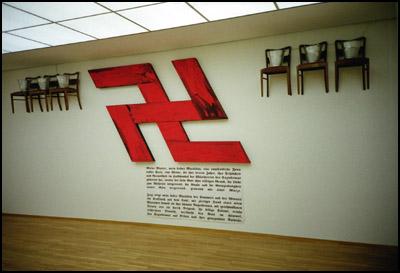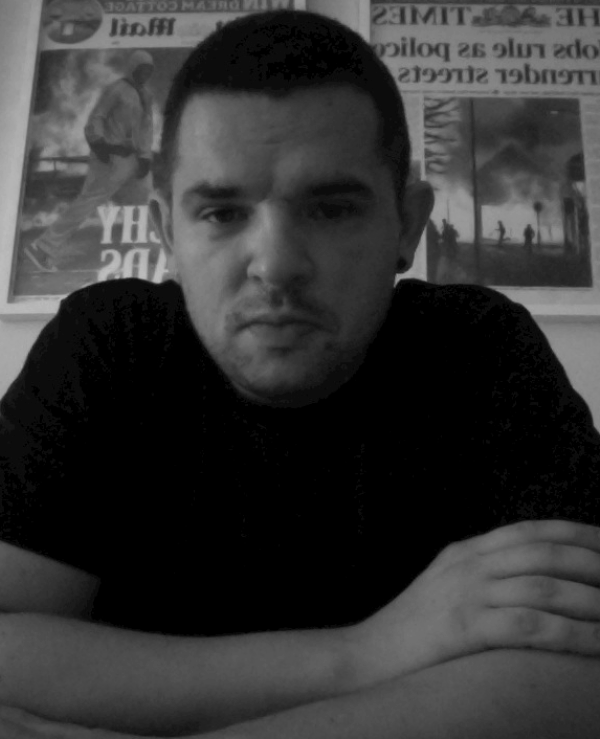25th Anniversary Reflections: East of Art, Transformations in Eastern Europe: “What Comes After the Wall?” by Bojana Pejić, 2003
ARTMargins Online is celebrating 25 years! To mark the occasion, the editors invited past ARTMargins Online authors and other writers from the region to select one article from AMO’s online archive of more than 1000 texts, providing a brief introduction that highlights the chosen item’s continued relevance. ARTMargins Online published its first article on January 15, 1999. Today, the publication is one of the largest online archival resources for contemporary art from East-Central Europe and beyond. Our reflection project celebrates AMO’s 25 years, but it also aims to highlight our unwavering commitment to promoting research, criticism, and artistic projects that advance our understanding of contemporary art from the region in a critical global perspective.
Bojana Pejić’s “East of Art, Transformations in Eastern Europe: “What Comes After the Wall?’” is a text by one of the most significant feminist authors and curators from former Yugoslavia. Based on a public presentation, “East of Art” is a reflection on Pejić’s curatorial involvement in After the Wall: Art and Culture in Post-Communist Europe (1999/2000), one of the key exhibitions that defined the global conversation about the region for decades. The significance of this text is twofold. One, it is an historical document that speaks to a particular political moment (almost fifteen years after the fall of the Berlin Wall and two years after the attacks on the World Trade Center in New York). Two, it is a series of reflections on themes that continue to be relevant today: post-Cold War relations between the “Former East” and the “Former West;” the politics of visibility and invisibility in major international exhibitions; and the power relations between peripheries and centers in the global art world.

Rasa Todosijevic, “Gott liebt die Serben,” 2000, Museum Hamburger Bahnhof, Berlin.
In terms of its significance as an historical document, Pejić’s text captures some of the so-called “Balkan hype” of the time. This hype fused the interest in the post-socialist East and the fascination with the Balkans post-1990 wars. Within the space of just a few years, three major exhibitions addressed the region (each defining it slightly differently), reflecting the Western art community’s interest in “discovering” new cultural frontiers. In addition to After the Wall, these included In the Gorges of the Balkans: A Report (Kassel, 2003), and Blood and Honey: The Future’s in the Balkans (Vienna, 2003). In many ways, these exhibitions provided the first draft of an art history of the region on the global stage, in turn shaping perceptions of the artistic output from the Balkans for the next few decades. Pejić reflects on her participation in such exhibitions, thus implicitly reflecting on the power relation between major curators such as David Elliott and a local curator such as herself.
“East of Art” can also be read as a manifesto that declares that contemporary art in East-Central Europe did not begin in 1989 as the zero historical hour, but rather that the region’s artistic and intellectual projects have been part of global currents for decades. Ironically, due to today’s rise in populist authoritarianisms around the world, the region is more isolated and excluded from present cultural discourses than ever before. But more than anything else, Pejić’s text reflects on the historical burden of the Former East: the predicament of dealing with the collapse of state socialism as well as what came after that collapse.
East of Art: Transformations in Eastern Europe: “What Comes After the Wall?”




